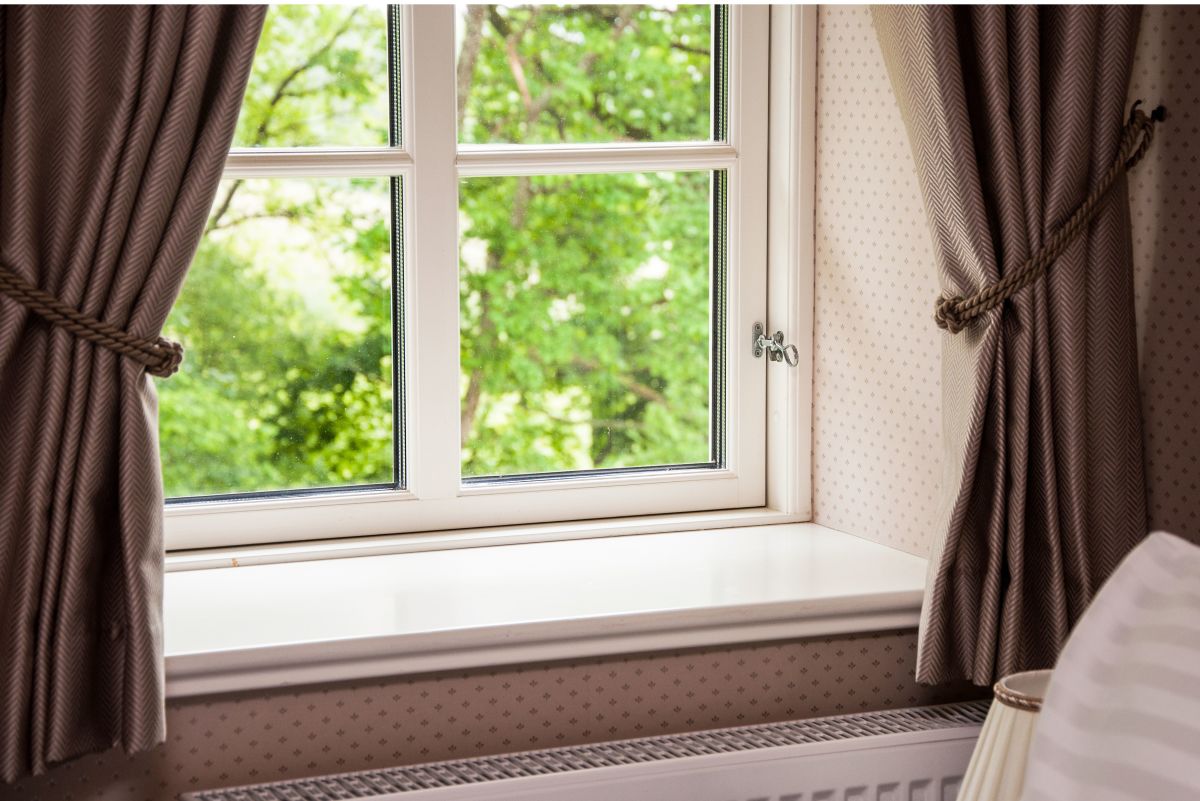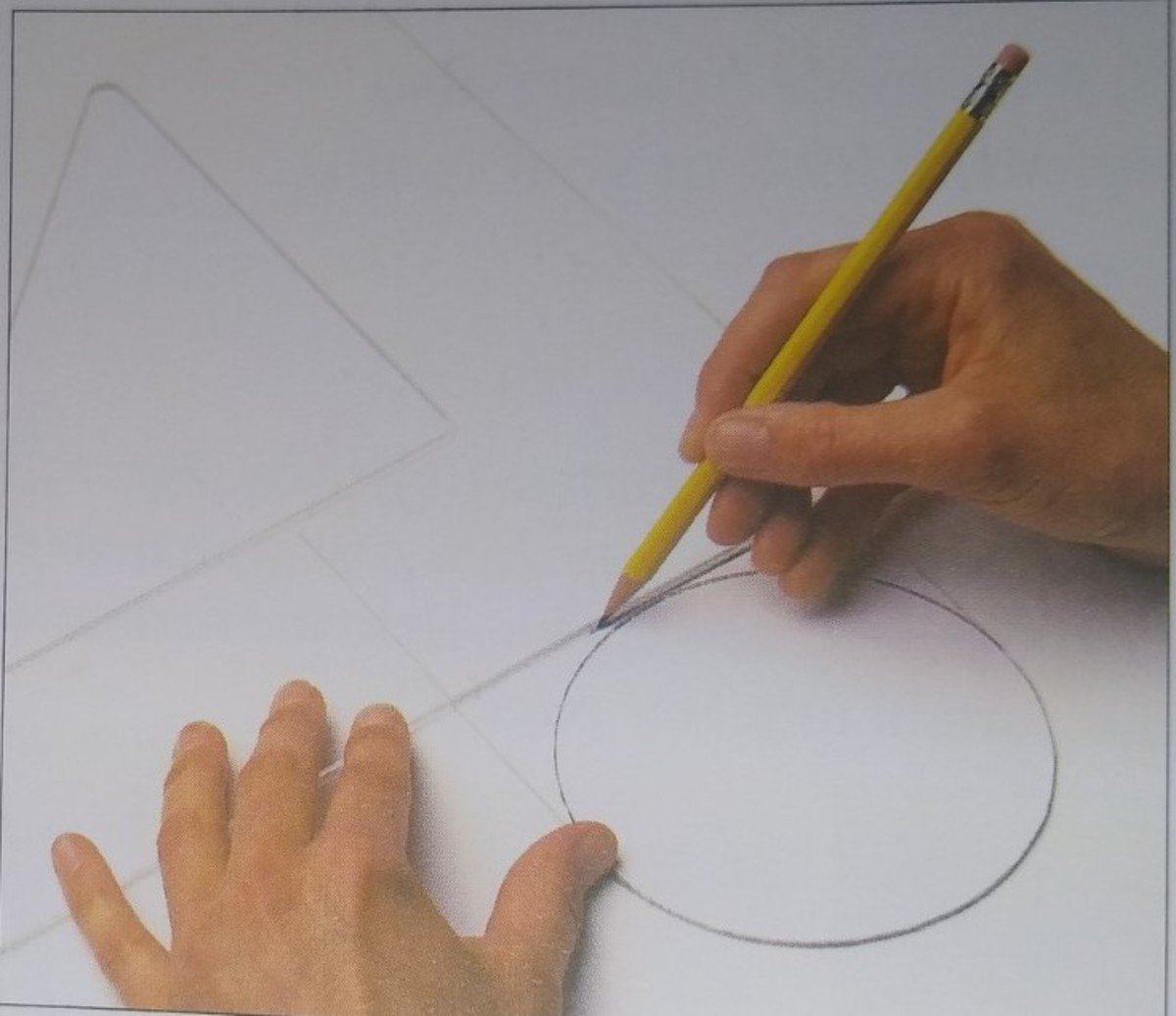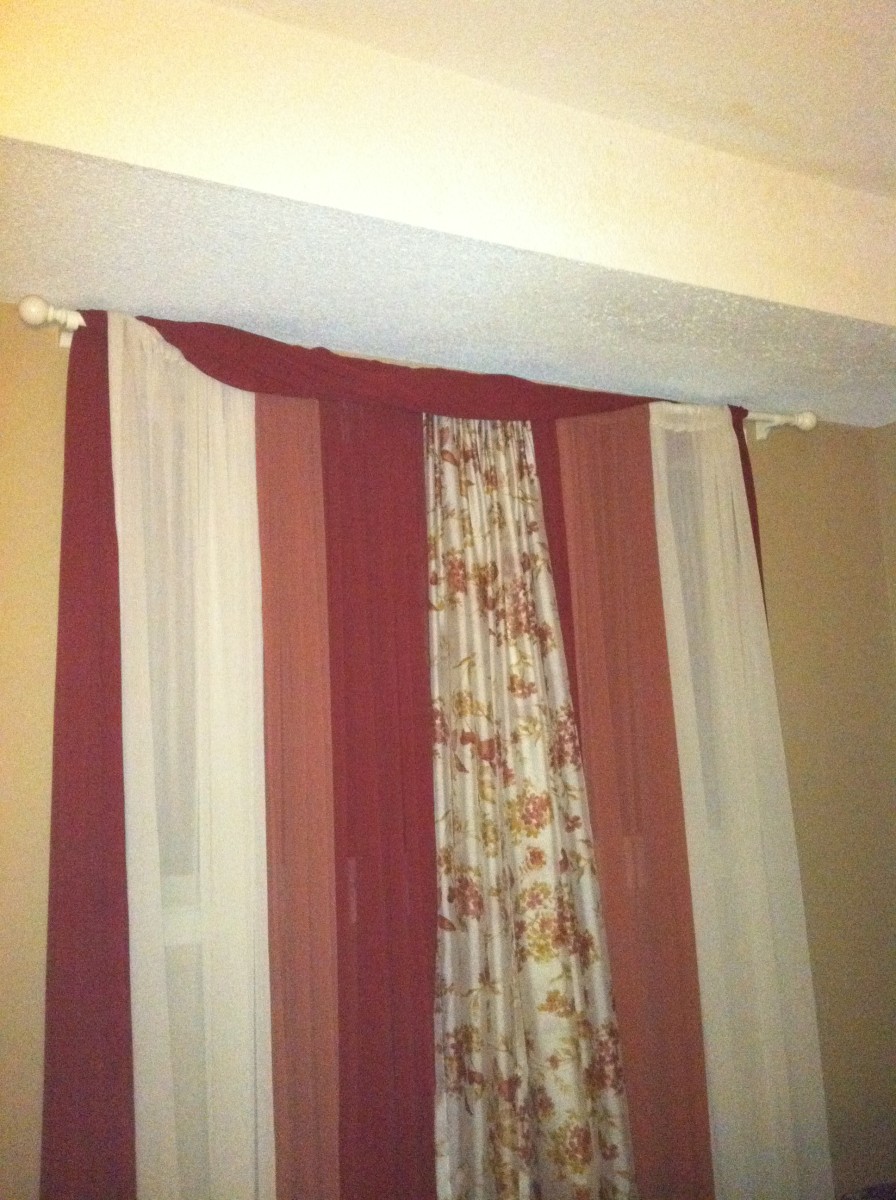How to Measure Windows for Blinds or Curtains

A home without window treatments tends to look sterile, like a work place. Although adding window treatments, such as blinds or drapes, seems like a daunting chore, taking measurements for your decided upon treatment is really rather simple. You'll only need a metal tape measure.
Measuring for Blinds
Blinds are normally mounted on the inside of the window casing, however you may choose to mount the window treatment outside the casing as well. Although most homeowners prefer to hang the blinds in the middle of the inside casing of the windowsill, positioning the blinds closer to the edge or the window is completely up to you; some people prefer an outside mount for added privacy. Regardless of the style of mounting, the method used for taking measurements is the basically the same.
As much as we’d like to think windows are plum (or properly squared up), the reality is that houses settle and that windows can be accidentally hung at an angle. That’s why you’ll need to measure your window in three places horizontally, and in three places vertically.
Use a tape measure to get the width near the top, near the middle, and near the bottom of the window casing. Use the narrowest width and height measurements, rounding down to the nearest eighth of an inch. For example, if your window measured at 35 ¾ inches near the top, 35 ¾ near the middle and 35 ½ near the bottom, you’ll need to cut the blinds to accommodate a 35 ½ in space, otherwise the blinds will be to wide to fit inside the windowsill. Follow the same method when determining the height you’ll need- measure three times, once on the left, once in the middle, and once on the right.

Keep in mind that most big-box stores will cut the blinds to your specifications, however the height of the blinds tends to come in standard increments. The Home Depot suggests adding 3-6 inches of height and width for outside mounts for optimal light control and privacy.
Tips from Lowes Home Improvement
Measuring for Draperies
Curtain shapes and lengths vary greatly depending upon your tastes and decorating style, thankfully the method for taking measurements is easy. Instead of taking three measurements and going with the smaller one (as you would for blinds) use the wider width instead.
HomeImprovementsCatalog suggests multiplying the width of your window two to four times when calculating how much fabric you’ll need. Most homeowners prefer a full or ruffled look. Not adding sufficient width may cause your drapes to look flat against the wall instead of adding a nice dimension.
When determining the width of your drapes, consider the aesthetic appeal you are looking for too. For example do plan on keeping the curtains stationary, or will they be closed from time to time? Drapes meant to be kept open all the time will require significantly less fabric than drapes intended to be open and shut.
Determine how high up over the window case you want to hang the curtains. Generally speaking, the higher up you go on the wall the more dramatic the look will be; curtains hung high tend to make a room look taller and larger. Blinds.com generally suggests hanging the curtain rod about 8 inches above the window frame. Consider your preferred length of curtains. For example, do you want the curtains to hit the baseboard, almost brush the floor, or pool up on the floor?
Determine how far away from the windowsill (or how wide) you want the closed curtains to be. Most decorators suggesting placing the drapes at least four to six inches outside of the window frame. Also take into consideration how much light (or how much of a view) you’d like from the window while the drapes are open during the day. Blinds.com generally suggests extending the curtain rod 12 inches out from each side of the window, so add 24 inches from the width of your window.
Helpful Tips
Avoid using cloth-measuring tapes (commonly used for sewing) to take measurements of your windows, as they could sag and can lead to incorrect measurements. Use a standard measuring tape instead for accuracy instead.
When sewing the drapes yourself, be sure to add additional fabric for hems and seam allowance on both the height and width of the curtains.
Lightweight fabrics hang differently than heavier fabrics. Consider adding additional fabric to the measurement for a fuller look, especially if you want to use the drapes for helping block out the light.
Helpful Resources
Home Depot
https://www.homedepot.com/hdus/en_US/DTCCOMNEW/how-to-measure-window-treatments.pdf
Home Improvements Catalog
https://www.improvementscatalog.com/RoomForImprovements/how-to-measure-for-drapes/
Blinds.com








